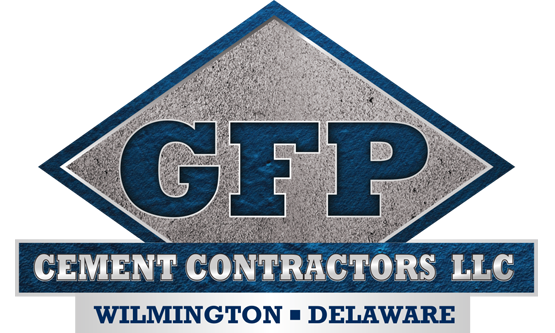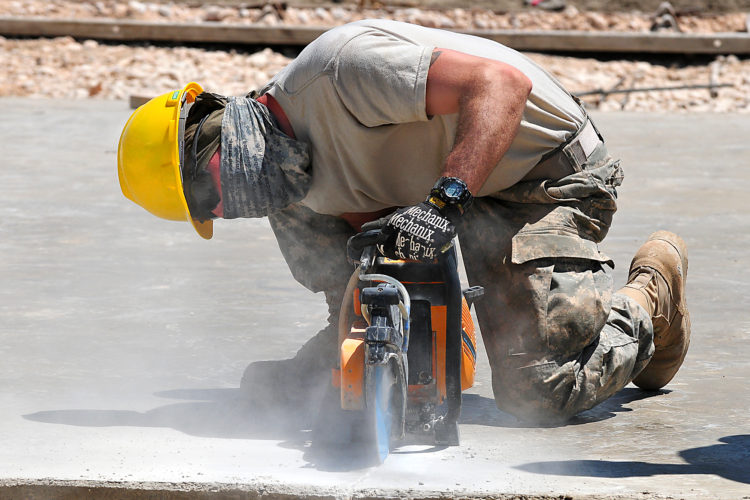The concrete industry is massive in the United States. The durable material is used in buildings and infrastructure in every corner of the country; in fact, nearly 30% of our interstate highways are built using concrete. With so much work available, concrete contractors and cement contractors are in high demand. However, just like with any other manufacturing job, working with concrete and cement brings certain risks. Let’s take a look at a few of the biggest concrete safety hazards and how they can be safeguarded against.
Cement Dust
Cement dust is a common byproduct of the manufacturing process. Its fine nature can easily irritate the eyes, nose, throat, and upper respiratory system in those working with and around cement. Skin contact can result in moderate irritation, thickening and cracking skin, or even severe damage as a result of chemical burns.
These risks can cause serious harm in both the long and short term if they’re not protected against. If you get cement dust in your eyes, immediately rinse them out and consult a physician as soon as possible. Use soap and water to clean your skin of the dust, and be sure to wear a P-, N- or R-95 respirator to minimize inhalation.
Wet Concrete
Skin contact with wet concrete can cause irritation and lead to first-, second-, and even third-degree chemical burns. Other additional compounds (such as hexavalent chromium) can also be harmful. To protect yourself from such pain, wear alkali-resistant gloves, coveralls with long sleeves, and full-length pants. Waterproof boots will keep your feet and ankles safe, and eye protection should always be worn. If you are exposed to wet concrete, wash the contaminated areas with cold, running water immediately; rinse eyes with water for at least 15 minutes before seeking further treatment at a hospital.
Machine Guarding
Unguarded machinery can lead to worker injuries and potentially death. Since there are many different kinds of machines used in the concrete manufacturing process, the most important thing you can do is simply be aware. Maintain conveyor belt systems to prevent jams from occurring, and use extreme care when clearing jams; ensure that guards are in place to protect workers using mixers, block makers, cubers, and metalworking machinery (such as rebar benders, cutters and cage rollers).
If you’re a concrete or cement contractor, you undoubtedly experience these hazards on a daily basis. You can protect yourself by staying alert and following the above safety procedures.

